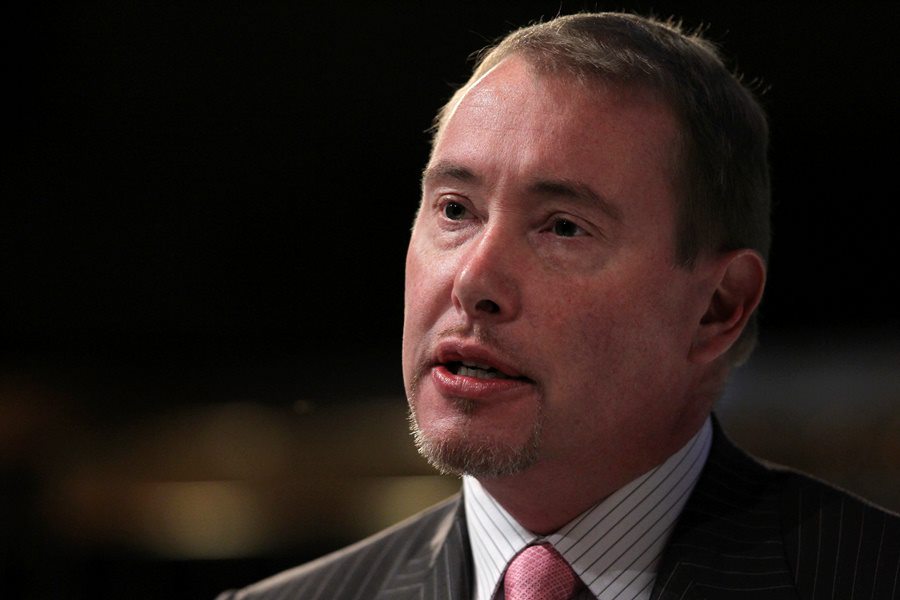

Jeffrey Gundlach’s DoubleLine Capital LP looks set to debut in the $6.7 trillion ETF arena after a nod from U.S. regulators.
The $134 billion asset manager’s applications related to the DoubleLine Opportunistic Bond ETF (DBND) and the DoubleLine Shiller CAPE U.S. Equities ETF (DCPE) have been granted “effective immediately,” according to a Securities and Exchange Commission order this week. That means the firm has the green light to launch.
DBND will track fixed-income securities including collateralized debt obligations and government notes, with up to 50% in junk-rated debt. As much as 5% of the portfolio can hold defaulted corporate securities, according to a filing.
The new equity offering will reference the Shiller Barclays CAPE US Sector TR USD Index — which incorporates the principles of long-term investing set out by Robert Shiller, the creator of the Cyclically Adjusted Price Earnings ratio that assesses valuations alongside inflation-adjusted earnings.
DoubleLine, which recently moved its principal office to Florida from Los Angeles, didn’t immediately respond to a request for comment. It’s unclear how soon it will bring its funds to market.
The products will be the firm’s first official foray into the ETF industry, following other big holdouts such as Capital Group. Asset managers are increasingly launching strategies in the exchange-traded wrapper as money bleeds from mutual funds into cheaper, more tax-efficient ETFs. The DoubleLine funds would also add to a wave of actively managed debuts following a record year in 2021.
While the ETFs will be DoubleLine’s first, the firm is an adviser to three funds from State Street and one from AdvisorShares.
DBND and DCPE will carry expense ratios of 0.5% and 0.65%, respectively.

Four of the Magnificent Seven will report this week.

Easing anxiety has seen the haven asset slide from record high.

Uncertainty remains challenging for Treasuries traders.

Move will raise concerns of inflationary impact of tariffs.

President says tariffs could see income tax ‘completely eliminated’ for some
RIAs face rising regulatory pressure in 2025. Forward-looking firms are responding with embedded technology, not more paperwork.
As inheritances are set to reshape client portfolios and next-gen heirs demand digital-first experiences, firms are retooling their wealth tech stacks and succession models in real time.
